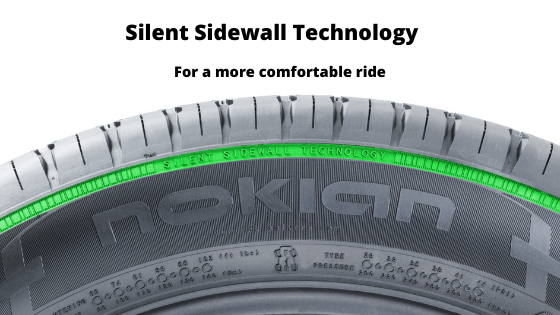Knowing when change from your snow tires to your all-season tires seem to be a science in its own. It is not easy to anticipate when to change to still ensure that you have the best safety. If you end up changing to early and the snow returns it isn’t safe to drive and you should avoid using the car. So therefore, the more dependent you are on the car for everyday use, the later you should probably change to your all-season tires.
Since weather will always be quite unpredictable, you might just want to use the temperature. You should change to the snow tires when the temperature start going below 45° Fahrenheit as that is when the snow tires will perform better as they will be soft enough at the low temperatures to even perform better on dry tarmac than the all-weather tires that will become stiff and lose some of the grip and will start losing some of its performance that it has at warmer temperatures. In a similar way the snow tires will become very soft it they are used at very warm temperatures, which is why you should change tires to all-season tires when the spring weather starts warming up and the temperatures start to elevate.
You should always make sure that the tires that you use are of premium quality and that they are in good condition. Tires will need to have a tread depth of at least 5/32 inches to ensure that you have still good remaining properties. The properties of the tires will decrease with diminishing remaining tread depth and when you get to that threshold value you will have sufficient remaining tread depth to ensure that they can provide safety when driving on slush, wet roads, snow, ice or dry roads regardless of the season.
When it comes to snow tires, they are also referred plainly as winter tires as they will need to perform on all winter surfaces like ice, snow and slush with optimal performance. The winter tires are available as both studded and non-studded versions. Both versions are not allowed throughout North America, so you will need to check what tires are available for use in your area and the areas where you plan to drive and visit. With studded tires, which are the ones that are not allowed to be used everywhere you might end up wanting to visit areas where they aren’t allowed. This might cause some inconveniences versus the non-studded tires.
If you instead use all-weather tires, you can actually drive throughout the year with one set of tires. They can actually handle all seasons if they are approved for winter use. These tires act as a hybrid between winter and all-season tires. They might come in handy in areas with varying weather conditions where you always want to be sure that you can use the car on a daily basis.
For more information on both snow tires and all-season tires, visit: www.nokiantires.com
